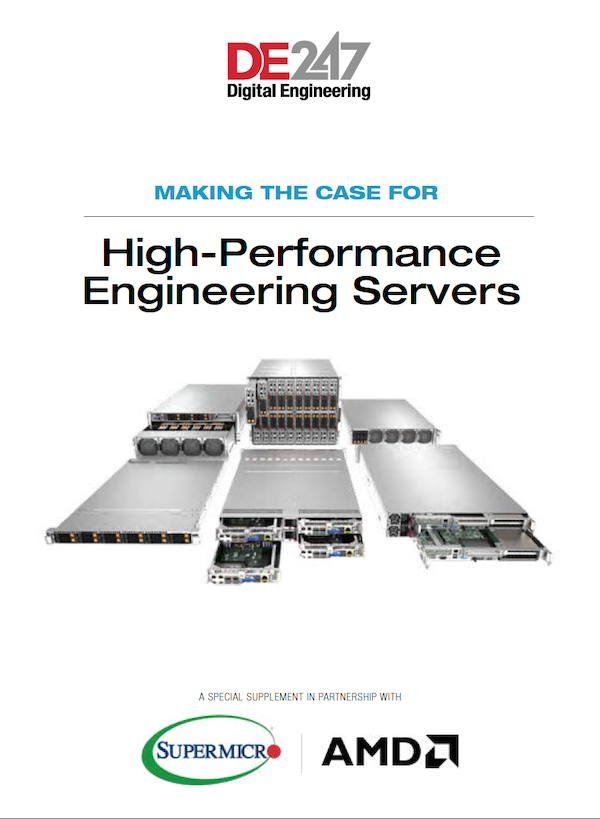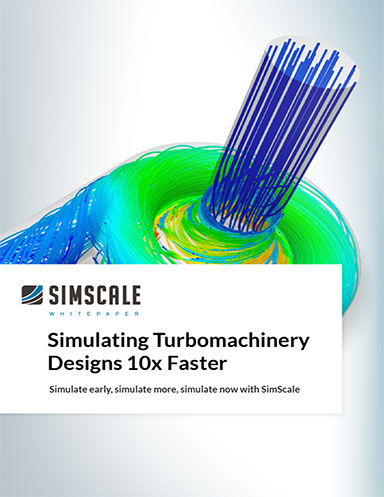Bright Computing Releases Version 8.2 of Bright Cluster Manager, Bright OpenStack and Bright Cluster Manager for Data Science
New features focus on edge computing, containers, standards compliance and increased performance.
Latest in High–performance Computing HPC
High–performance Computing HPC Resources


Latest News
November 14, 2018
Bright Computing has announced version 8.2 of the Bright product portfolio with new capabilities for managing edge computing, improved workload —a new way to interact with Bright Cluster Manager using Python—and features increases in performance. Version 8.2, shipping later this month, also brings updated integration with workload engines.
““Bright Edge allows a single cluster to span many geographical locations which translates to much lower administration costs and increased standardization across the enterprise,” says Robert Stober, director of product management at Bright Computing. With Bright Edge, these locations can be deployed and managed with the same ease and efficiency as local servers.”
The company expanded on some key features included in this latest release:
The new Bright Edge feature of Bright Cluster Manager 8.2 automates the process of securely imaging and managing servers that provide compute in remote locations where data is being generated through internet of things.
PythonCM2 is an all-new native Python version of the Bright Cluster Manager API bindings.
With version 8.2, users will have access to the monitoring information Bright Cluster Manager gathers that is relevant to them. The Bright User Portal now provides each user with job metrics, and accounting and reporting information about their jobs.
Bright 8.2 also features under-the-hood improvements that deliver a reduction in the amount of inter-node traffic generated for management. This frees up more bandwidth for job-related communications and improves the overall performance footprint of the entire cluster. Bright OpenStack 8.2 now includes the 18th release of OpenStack, Rocky. This release of OpenStack addresses the demands for infrastructure––driven by use cases like AI, machine learning and NFV––and delivers enhanced features and support for diverse hardware architectures including bare metal. Bright 8.2 also includes support for Ceph v13.2.0 (Mimic).
Bright Cluster Manager for Data Science has been expanded, adding the ability to schedule containerized Spark service through Kubernetes with an NGINX proxy server as ingress controller, and the ability to deploy and manage multiple Kubernetes clusters in a single Bright cluster.
Redfish is designed to deliver management for converged, hybrid IT. Bright 8.2 adds RedFish support for BIOS management on Dell Servers, power management and metrics collection.
For SLES, Bright 8.2 also adds support for the Federal Information Processing Standard (FIPS) Publication 140-2, (FIPS PUB 140-2), a U.S. government computer security standard used to approve cryptographic modules.
Sources: Press materials received from the company.
More Info
More Bright Computing Coverage
Subscribe to our FREE magazine, FREE email newsletters or both!
Latest News
About the Author
DE’s editors contribute news and new product announcements to Digital Engineering.
Press releases may be sent to them via DE-Editors@digitaleng.news.




